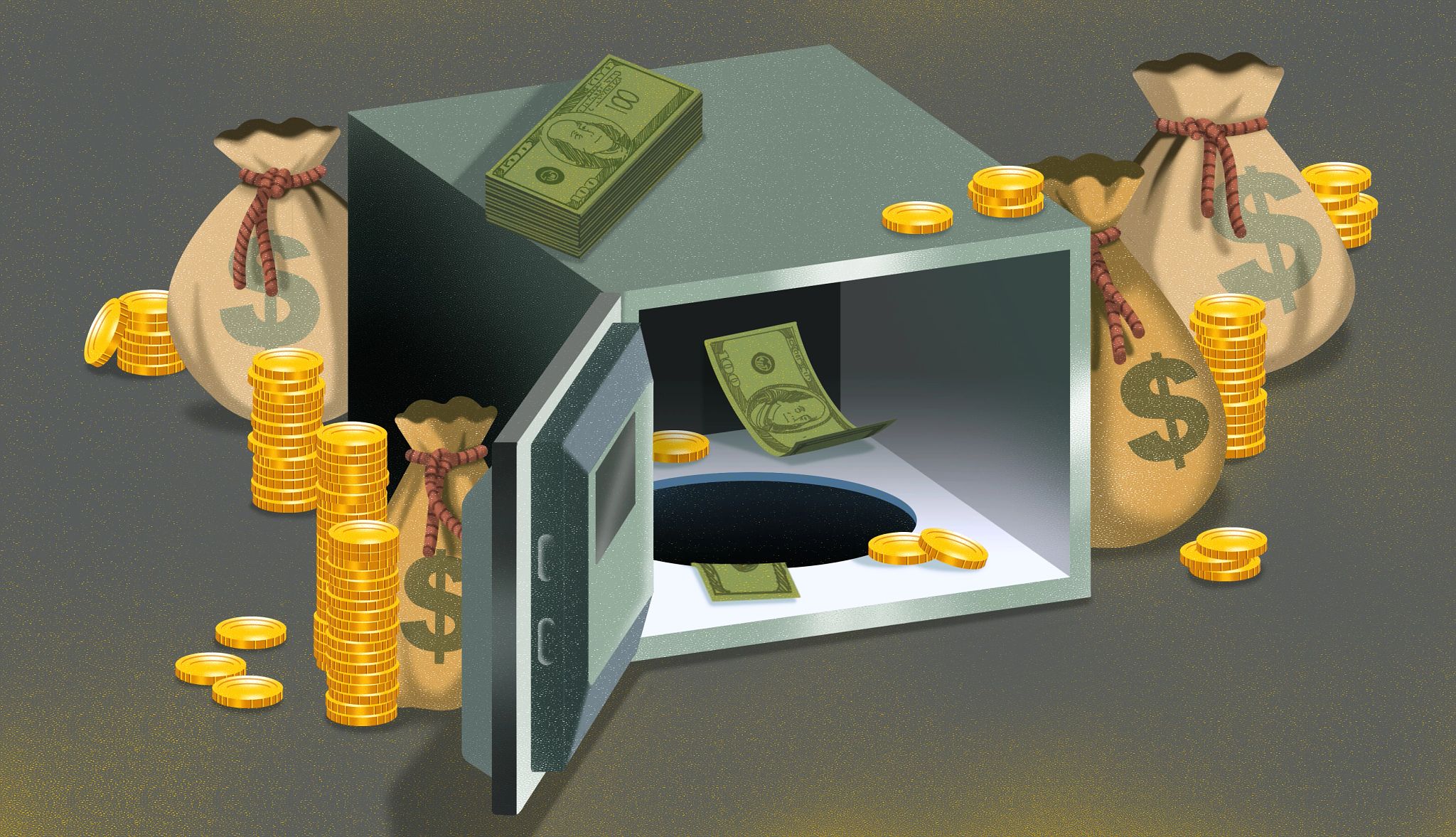AARP Hearing Center


Want to avoid lopping $130,000 off your retirement nest egg when you roll over a 401(k) into an individual retirement account (IRA)? Try this one weird trick: Find out how your money is being invested.
That might not sound weird, or even like much of a trick. But not doing it is surprisingly common — and can cost you a bundle in retirement.
Here’s why: Unlike contributions to 401(k) plans, which generally default into stock funds, money deposited in IRAs is typically parked in a cash account with a much lower yield, like a certificate of deposit (CD) or money market fund. And there it stays, unless you tell the IRA provider you want another investment option.
More than one in four investors who rolled a 401(k) into a Vanguard IRA in 2022 still had their money in cash or a cash equivalent a year after the transfer, according to a July 2024 study by the financial firm, one of the largest providers of retirement accounts. More than half who made direct contributions to an IRA kept their assets in cash.
“We found that folks who did rollovers often happen to mistakenly believe that money moved into IRAs is automatically invested on their behalf. They think it has the same default investment as a 401(k) plan,” says Andy Reed, head of investor behavior research at Vanguard and a co-author of the report. But the opposite is true, he says: “In IRAs, you are uninvested by default.”
That oversight can carry a high cost for your future self. Vanguard estimates that workers under age 55 who put their IRA savings in a target-date fund (TDF) — the usual default repository for 401(k) contributions — would have at least $130,000 more at age 65 than those who leave it in cash. According to the report, this “cash drag” costs U.S. workers $172 billion a year in potential retirement wealth.
What’s a QDIA, and why does it matter?
When you leave a job, there are four things you can do with money in your 401(k) account:
- Leave it in your old employer’s plan.
- Roll it into a retirement plan at your new workplace, if one is offered.
- Roll it into an IRA (your former employer may do this automatically if there is less than $7,000 in the account).
- Cash it out (your ex-employer may do this automatically if there is less than $1,000 in the account).
“Whichever path you choose, the most important thing is to maintain your savings and investing momentum throughout your career,” Reed says. “This way you can steadily build wealth and retirement readiness no matter how many times you change jobs.”
In that regard, the options above are not created equal. According to Vanguard, a third of people who changed jobs in 2023 cashed out their 401(k). Doing that typically means paying taxes on the withdrawal (plus, if you’re younger than 59½, a 10 percent IRS penalty) — not to mention that the money is no longer invested in building your nest egg.
































































More From AARP
My Biggest Retirement Mistake: Not Retiring Sooner
This retiree tacked on two more years of work for fear of outliving his savings. Now he regrets giving up time for money
4 Reasons Not to Cash Out 401(k) When You Leave a Job
2 in 5 departing workers drain retirement accountsRules for IRAs in 2023 and 2024
You can shelter more from taxes this year if you qualify